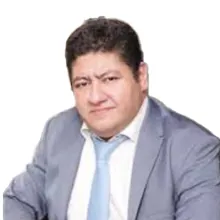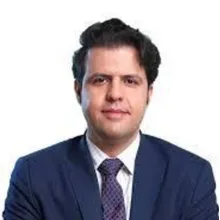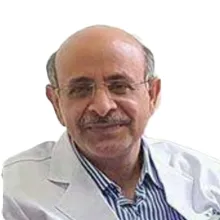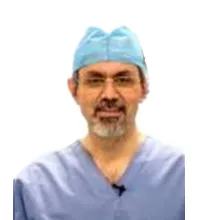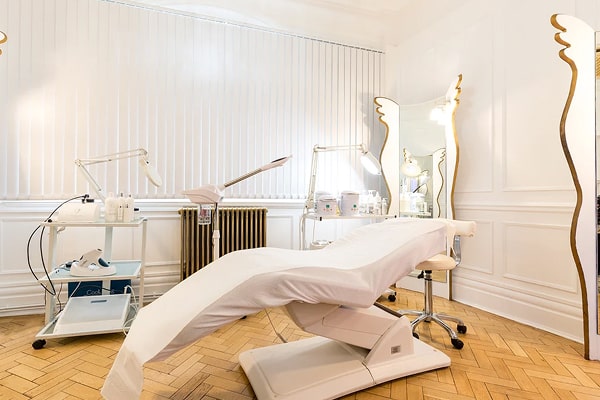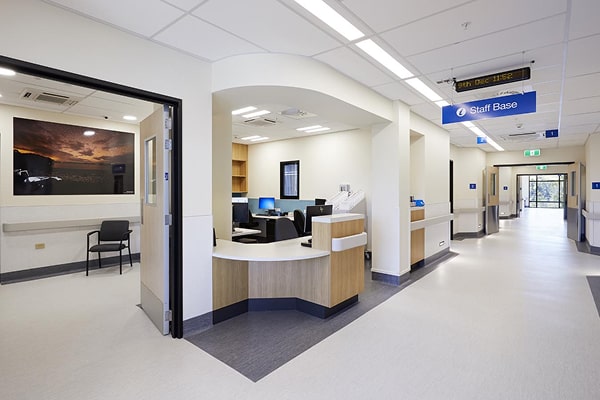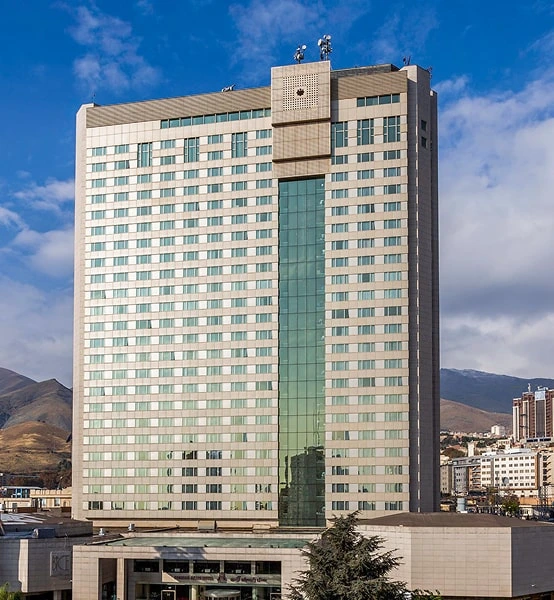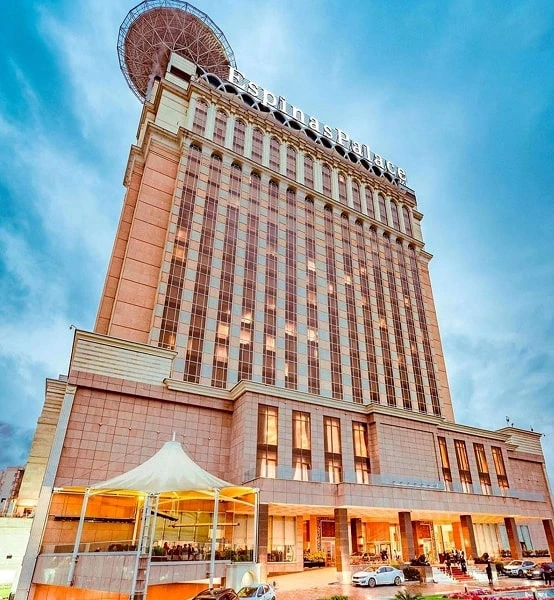Trauma surgery is a vital medical service that focuses on treating severe injuries to the body, including fractures, soft tissue injuries, internal bleeding, and other disorders caused by accidents and traumatic events. As a specialized treatment approach, trauma surgery uses advanced surgical techniques and modern tools to rapidly and accurately treat the injuries and severe complications resulting from accidents and trauma.
cckaam, as one of the pioneers in medical tourism services, offers a comprehensive service package that spans from initial consultation to post-operative follow-ups, providing a complete treatment process for both domestic and international patients. In this article, we will discuss the benefits of trauma surgery in Iran and the special services offered by cckaam.
Fast and Timely Treatment Process in Iran
In Iran, trauma surgeries are carried out with high speed and accuracy. These surgeries are designed so that patients receive treatment in the shortest time possible, with optimal results. Furthermore, recovery periods are generally short, allowing patients to return to their daily activities quickly.
General Features of Trauma Surgery
- Treatment Type: Trauma surgery using advanced surgical techniques
- Anesthesia: Local anesthesia or general anesthesia (depending on the patient’s needs)
- Surgery Duration: 1 to 2 hours (depending on the severity of the injury)
- Recovery Time: Typically 2 to 7 days
- Success Rate: Over 90% in most cases
- Effects: Improvement in the function of the injured limb, pain reduction, tissue repair, restoration of natural movementAdvantages of Trauma Surgery Treatment in Iran with cckaam’s Special Services
- Experienced and Specialized Doctors Iranian surgeons, trained in prestigious international centers, employ advanced techniques for treating trauma injuries and are renowned for their precision in surgery.
- Advanced Equipment and Medical Technologies Iran conducts trauma surgeries with high precision and successful outcomes due to its use of modern equipment and technologies.
- Affordable Treatment Costs Treatment costs in Iran are much lower compared to many other countries, without any compromise on the quality of care.
- Complete Medical Travel Services by cckaam cckaam manages every aspect of the medical travel journey, including obtaining medical visas, booking hotel accommodations, arranging airport transfers, and providing a translator for ease of communication with doctors.
- 24/7 Continuous Support cckaam offers 24/7 support to patients, enabling them to stay in touch with the medical team via video calls or WhatsApp.
Conclusion
Trauma surgery is one of the best methods for treating injuries caused by accidents and trauma, significantly improving the quality of life for patients. Iran, with its highly skilled surgeons and advanced equipment, is an ideal destination for undergoing this type of surgery. With cckaam’s exceptional services, patients can have a comfortable and effective experience in treating their injuries. If you are seeking an effective and affordable way to treat your injuries, contact us to begin your medical journey.
Trauma Surgery: Precise and Specialized Treatment of Acute Body Injuries
Introduction
Trauma surgery refers to a collection of surgical procedures performed to treat severe and acute injuries caused by accidents, falls, physical impacts, or other events. These surgeries are often emergency in nature, with the primary goal of improving the function of the injured organs, preventing complications, and enabling the patient to return to their normal state as quickly as possible. In this article, we will discuss the different types of trauma surgeries, the techniques used in these surgeries, and the treatment process in this field.Types of Trauma Surgery
Trauma surgery can involve various injuries to different parts of the body. Depending on the type of injury and its location, different surgical methods are applied. The main types of trauma surgery include:- Bone Trauma Surgery: These surgeries are performed to treat fractures of the bones. Bone fractures can occur due to various accidents such as car crashes, falls from heights, or severe impacts. Bone trauma surgery utilizes techniques such as external fixators, plates, and internal rods to repair and stabilize the bones.
- Muscle and Soft Tissue Trauma Surgery: Soft tissue injuries, such as strains, tears, or bleeding of muscles, ligaments, and tendons, are common in accidents. These injuries require surgeries aimed at repairing the damaged tissues.
- Nerve Trauma Surgery: Damage to nerves, especially in areas like the spine and limbs, can lead to movement and sensory disorders. Nerve surgeries aim to repair nerve injuries and restore the normal function of the nervous system.
- Abdominal and Thoracic Trauma Surgery: Injuries to internal organs like the abdomen (liver, spleen, intestines) and thoracic organs (lungs, heart) can be severe and require urgent surgery.
- Head and Facial Trauma Surgery: Injuries to the head and face may include skull fractures, damage to the eyes, ears, and face. These surgeries typically require a high level of precision to prevent long-term complications and changes in appearance.
Surgical Techniques in Trauma
In trauma surgeries, depending on the injury type and the patient’s condition, surgeons use various techniques. These techniques are generally divided into two main categories:- Open Surgery: In open surgeries, surgeons make large incisions in the skin and tissues to access the injured areas. This method is used for more extensive and deeper injuries that require repair of internal tissues.
- Minimally Invasive Surgery: These surgeries are performed using smaller incisions and special instruments such as endoscopes. This method results in less pain and bleeding and promotes faster recovery for the patient.
Trauma Surgery Treatment Process
The treatment process for trauma surgery typically involves several stages as follows:- Diagnosis and Initial Evaluation: The first step in trauma surgery treatment is assessing the patient’s condition and the severity of the injuries. This evaluation is usually performed through clinical examinations, imaging tests (such as X-rays, CT scans, and MRIs), and laboratory tests.
- Preoperative Procedures: After diagnosing the injury, preoperative measures are taken. These can include pain management, administration of anesthesia, stabilizing the patient, and preparing them for surgery.
- Surgery: During this stage, the surgeon works on repairing the injuries. Depending on the type of injury, the surgery may involve installing plates, screws, external fixators, or repairing damaged soft tissues.
- Postoperative Care: After surgery, the patient is transferred to an intensive care unit (ICU) or special recovery sections for close monitoring and care. Pain-relieving and anti-inflammatory medications are administered during this phase.
- Rehabilitation and Physiotherapy: Once initial recovery is complete, the patient enters the rehabilitation phase, which involves physiotherapy to restore the natural function of the limbs and strengthen the damaged muscles. This stage may be long-term for many patients and requires ongoing follow-up.
Challenges and Risks of Trauma Surgery
Trauma surgery, especially in emergency situations, can present various challenges. Some of the key challenges and risks include:- Infection: One of the major risks following trauma surgeries is infections caused by surgery, which can damage tissues and internal organs.
- Bleeding: In some trauma surgeries, particularly abdominal and thoracic surgeries, heavy bleeding can occur, requiring immediate intervention.
- Movement and Nerve Issues: In surgeries involving the spine and brain, there is a risk of nerve damage, which can lead to loss of motor or sensory functions.
- Long Recovery Time: Many trauma surgeries require extended recovery periods, which may temporarily affect the patient’s quality of life.
Benefits of Trauma Surgery in Iran
Iran is one of the advanced countries in the field of trauma surgery and specialized treatments. Some of the benefits of treatment in Iran include:- Specialized and Experienced Doctors: Iran has experienced surgeons and specialists recognized internationally for their expertise in treating trauma injuries.
- Affordable Costs: Treatment costs in Iran are significantly lower than in European and American countries, without compromising the quality of care.
- Advanced Equipment: Iranian hospitals and clinics are equipped with modern medical and surgical technologies, allowing for highly accurate trauma surgeries.
- Medical Tourism Services: Iran provides specialized medical tourism services for international patients, including visa coordination, airport transfers, and accommodation.
Conclusion
Trauma surgery is a specialized branch of medicine that is essential for treating severe injuries and acute wounds. Using advanced techniques and modern equipment, these surgeries can help patients return to their normal lives quickly after a traumatic event or severe injury. Iran, with its experienced surgeons, advanced equipment, and affordable costs, has become one of the leading destinations for trauma surgery treatments.


